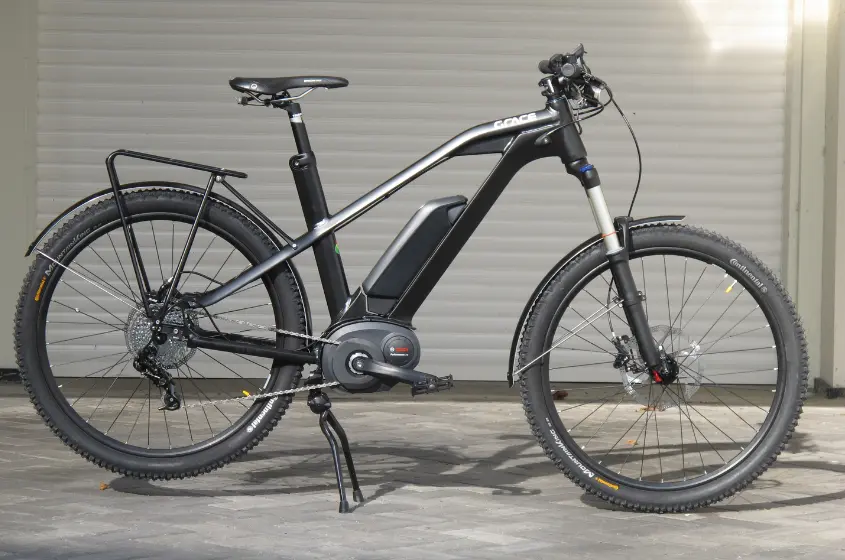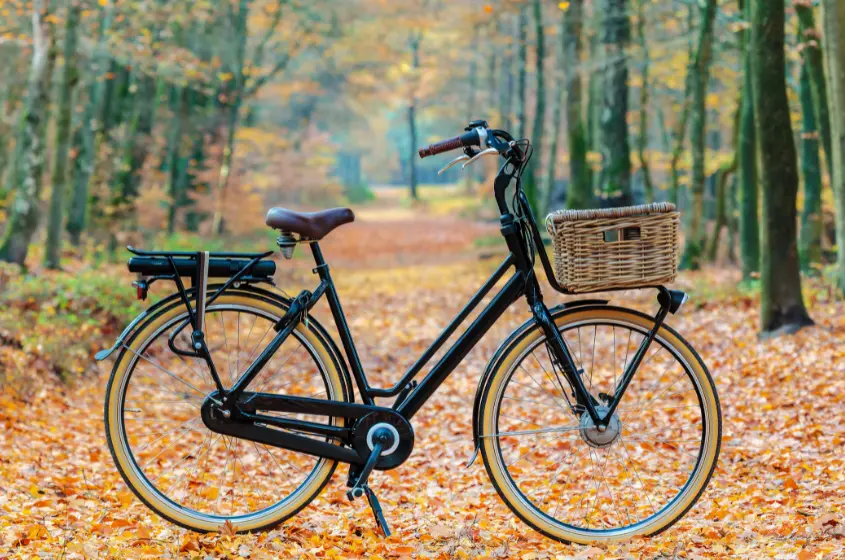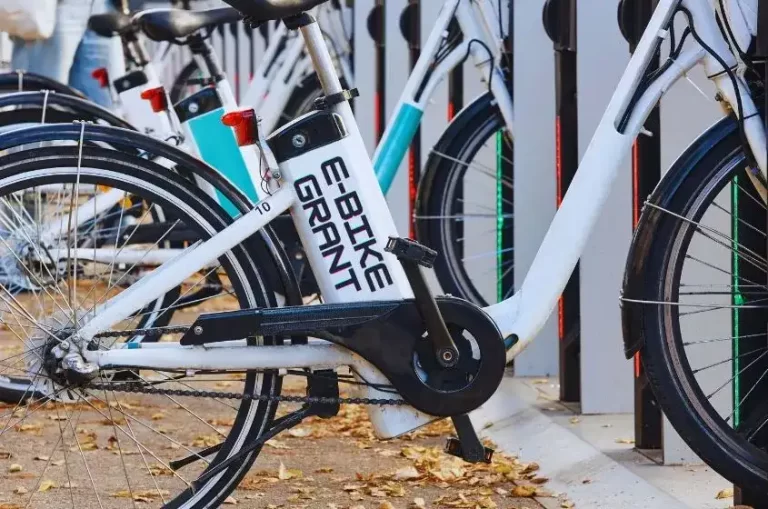Is an E-Bike or Traditional Bike Better for Your Workout?
E-bikes and traditional bikes are both popular forms of transportation and recreation, but they have some differences and advantages. E-bikes are electric bikes that provide pedal assistance to make cycling easier and more enjoyable. Traditional bikes are regular bikes that require the rider to pedal without any assistance. Both types of bikes can offer a good form of exercise, but they have different effects on the rider’s calorie burn, intensity, duration, frequency, and motivation. In this article, we will compare e-bikes and traditional bikes in terms of exercise and help you choose the best one for your personal preferences, goals, and budget.
What are e-bikes and traditional bikes and how do they differ in terms of exercise? Detailed Guide
E-bikes and traditional bikes are both types of bicycles that can be used for transportation, recreation, or exercise. However, they differ in terms of how they assist the rider’s pedaling. A traditional bike has no motor or battery and relies entirely on the rider’s strength to propel it. An e-bike has a built-in motor that provides electric power to the rear wheel, either continuously or in bursts, depending on the model and settings.

The main difference between e-bikes and traditional bikes is that e-bikes can make riding easier and more enjoyable, especially for hills, long distances, or in traffic. E-bikes can also help riders achieve their fitness goals by increasing their speed, distance, and time spent on the bike. However, e-bikes also have some drawbacks, such as higher cost, maintenance requirements, environmental impact, and safety issues.
E bike vs Regular bike exercise
E-bikes and regular bikes are both ways to exercise, but they have different effects on the body and the environment. Here is a brief summary of some studies and research that compare e-bike and regular bike exercise:
- According to a systematic review of 17 studies, e-bike riders get more exercise than regular bike riders if they choose a class 1 model (the lowest level of assistance) and ride frequently and longer distances. This is because e-bike riders tend to ride more often per week than regular bike riders, which increases their energy expenditure overall. E-bike riders also tend to ride faster than regular bike riders, which means they spend more time in moderate or vigorous physical activity levels.
- However, another study found that regular bikes burn more calories than e-bikes, especially if you ride at a high intensity or for a long time. The study compared the calorie burn of 10 participants who rode an e-bike for 30 minutes at 15 km/h with 10 participants who rode a regular bike for the same duration at 20 km/h. The results showed that the regular bike group burned an average of 270 calories per five-mile ride, while the e-bike group burned an average of 263 calories per the same ride. However, this may vary depending on the level of assistance, the speed, the terrain, and other factors.
- E-bikes can also have some health benefits over regular bikes, such as improving cardiorespiratory fitness in physically inactive individuals. E-bikes can lower your heart rate by providing electric power that reduces the effort required to pedal. This can make riding easier and more comfortable, especially for beginners or people with health conditions. However, e-bikes can also increase your heart rate by making you pedal faster or harder than you would on a regular bike. This can improve your cardiovascular fitness and endurance, but it can also be stressful or exhausting.

E-bike vs Regular bike speed
E-bikes and regular bikes are both ways to exercise, but they have different speeds depending on the type, model, and settings of the bike. Here is a brief comparison of e-bike and regular bike speed based on some authentic sources:
- According to roundup.org, e-bikes are capable of reaching speeds of up to 20 miles per hour (or 28mph for class 3 models), while most regular bikes top out at around 10 miles per hour for beginners or 15mph for intermediate riders. However, this may vary depending on the level of assistance, the speed, the terrain, and other factors.
- According to trec.pdx.edu, on shared use facilities, conventional bicycle users had slightly higher average travel speeds than e-bike users, 7.8 mph versus 6.8 mph respectively. They also have slightly higher average top speeds across all roadway segments, 16.0 mph for conventional bicycle users versus 15.8 mph for e-bike users.
- The average cycling speed of a beginner cyclist on a normal bike is around 12mph, while competent club riders can hit averages of 20 to 24mph. Electric bikes are limited to maximum motorised speeds on roads — 15.5mph in the UK, Europe and Australia, and between 20 and 28mph in the US.

How many calories do e-bikes and traditional bikes burn and what factors affect the calorie expenditure?
E-bikes and traditional bikes are both ways to exercise, but they have different effects on the calories burned by the rider. Here is a brief comparison of e-bike and traditional bike calories based on some web search results:
- Regular bike riders burned an average of 270 calories per five-mile ride, while e-bike riders burned an average of 263 calories per the same ride. However, this may vary depending on the level of assistance, the speed, the terrain, and other factors.
- A person riding over moderately hilly terrain with no electrical assistance for one hour can burn roughly around 552 calories, while with electrical assistance a person can burn around 444 calories. Statistically, riding an e-bike resulted in burning around 20% less calories than riding a non-electrical bike.
- The same study shows that e-bike riders get more exercise than regular bike riders if they choose a class 1 model (the lowest level of assistance) and ride frequently and longer distances. This is because e-bike riders tend to ride more often per week than regular bike riders, which increases their energy expenditure overall.
How do e-bikes and traditional bikes allow the rider to adjust the intensity and duration of the ride
The intensity and duration of the ride are two important factors that affect the physical activity and health benefits of cycling. E-bikes and traditional bikes allow the rider to adjust these factors in different ways, depending on the type, model, and settings of the bike. Here is a brief comparison of e-bike and traditional bike intensity and duration based on some web search results:
Intensity
The intensity of the ride refers to how hard the rider works to pedal the bike. The intensity can be measured by the heart rate, the speed, or the perceived exertion of the rider. E-bikes allow the rider to adjust the intensity of the ride by choosing the level of assistance from the electric motor. The higher the level of assistance, the lower the intensity of the ride.
E-bikes can also increase the intensity of the ride by making the rider pedal faster or harder than they would on a traditional bike, especially on flat or downhill terrain. Traditional bikes require the rider to adjust the intensity of the ride by changing the gear, the cadence, or the resistance of the bike. The higher the gear, the lower the cadence, or the higher the resistance, the higher the intensity of the ride. Traditional bikes can also lower the intensity of the ride by coasting or braking, especially on downhill terrain.
Duration
The duration of the ride refers to how long the rider spends on the bike. The duration can be measured by the time, the distance, or the frequency of the ride. E-bikes allow the rider to extend the duration of the ride by providing electric power that reduces the effort required to pedal the bike. This can make riding easier and more comfortable, especially for beginners or people with health conditions.
E-bikes can also shorten the duration of the ride by increasing the speed of the bike, which means the rider can cover more distance in less time. Traditional bikes limit the duration of the ride by relying entirely on the rider’s strength to propel the bike. This can make riding more challenging and exhausting, especially for hills, long distances, or in traffic. Traditional bikes can also extend the duration of the ride by decreasing the speed of the bike, which means the rider can enjoy the scenery and the experience more.
E bike vs traditional bike pros and cons
Ebike
Pros
Cons
Traditional bike
Pros
Cons




